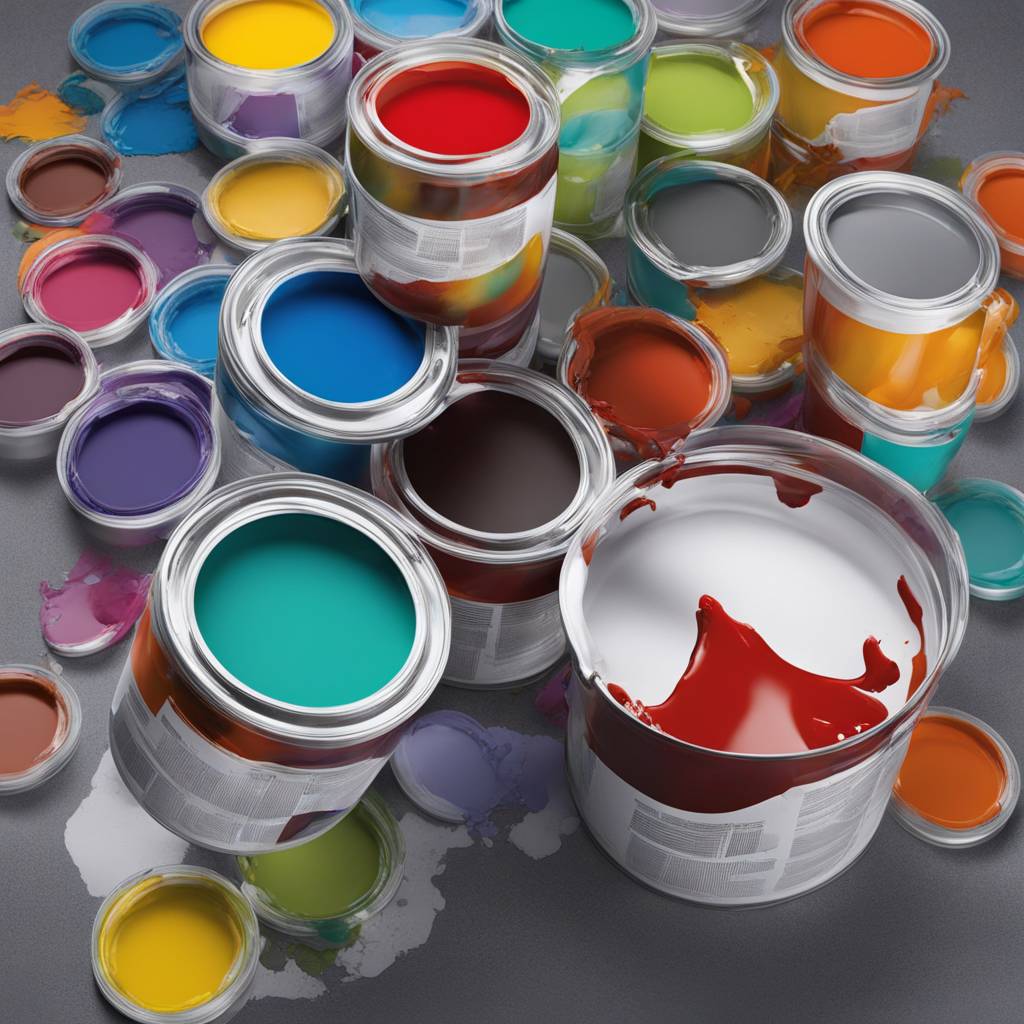The development of self-cleaning wall paint is being worked on by a research team from TU Wien and the Università Politecnica delle Marche. They have created titanium oxide nanoparticles that can be added to ordinary wall paint to make it self-cleaning. These nanoparticles are photocatalytically active and can use sunlight to bind substances from the air and then decompose them. This helps to make the air cleaner and also keeps the wall clean at the same time. The team used waste materials such as metal scrap and dried fallen leaves to create the new wall paint, making it a more environmentally friendly option.
Indoor air can be filled with various pollutants, which can lead to health issues. By using the modified titanium oxide nanoparticles in wall paint, these pollutants can be removed and degraded. However, using ordinary titanium oxide nanoparticles in paint can affect its durability, causing it to become unstable and create cracks over time. By irradiating the painted surface with UV light, the nanoparticles can clean themselves, as titanium oxide is a photocatalyst. The UV radiation creates free charge carriers that induce the decomposition of trapped pollutants, making the wall paint self-cleaning and stable in the long term.
In order to make the self-cleaning process more practical, the research team added certain additional atoms to the titanium oxide nanoparticles to enable the photocatalytic effect to be induced by ordinary sunlight. By changing the light frequencies that can be harvested by the particles, photocatalysis can be triggered by visible light as well as UV light. This allows the self-cleaning process to occur without the need to constantly irradiate the wall with intense UV light. The colour of the wall paint remains stable as pollutants are broken down with the help of sunlight.
The research team conducted experiments with the modified titanium oxide nanoparticles mixed with ordinary wall paint and found that 96% of pollutants could be degraded by natural sunlight after painting a surface and rinsing it with a solution containing pollutants. The pollutants are not only bound but also broken down with sunlight, without changing the colour of the wall paint. By using waste materials such as dried fallen leaves and metal scrap, the production of this self-cleaning wall paint is more resource-saving and environmentally friendly.
The use of waste materials in the production of this new self-cleaning wall paint has several advantages. It removes pollutants from the air, lasts longer than other paints, and is produced using recycled materials. The research team is continuing to conduct experiments and is working towards commercializing the wall paint. This innovative approach to creating self-cleaning wall paint shows promise for improving indoor air quality and providing a more sustainable option for wall paint production.













